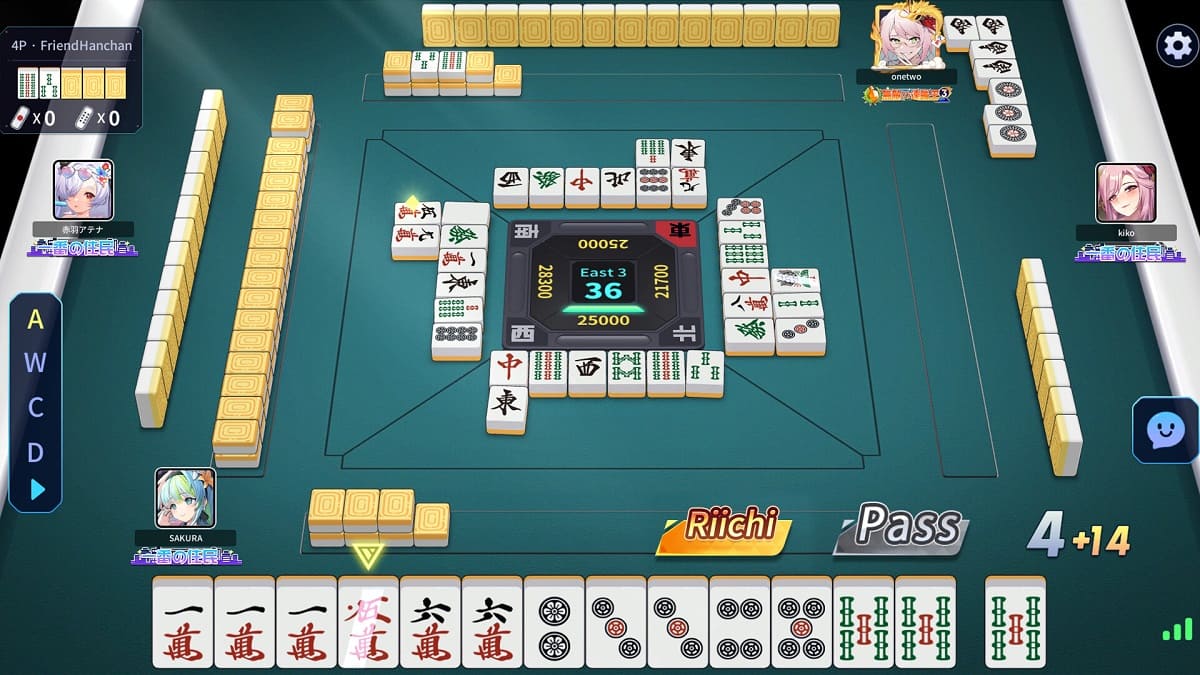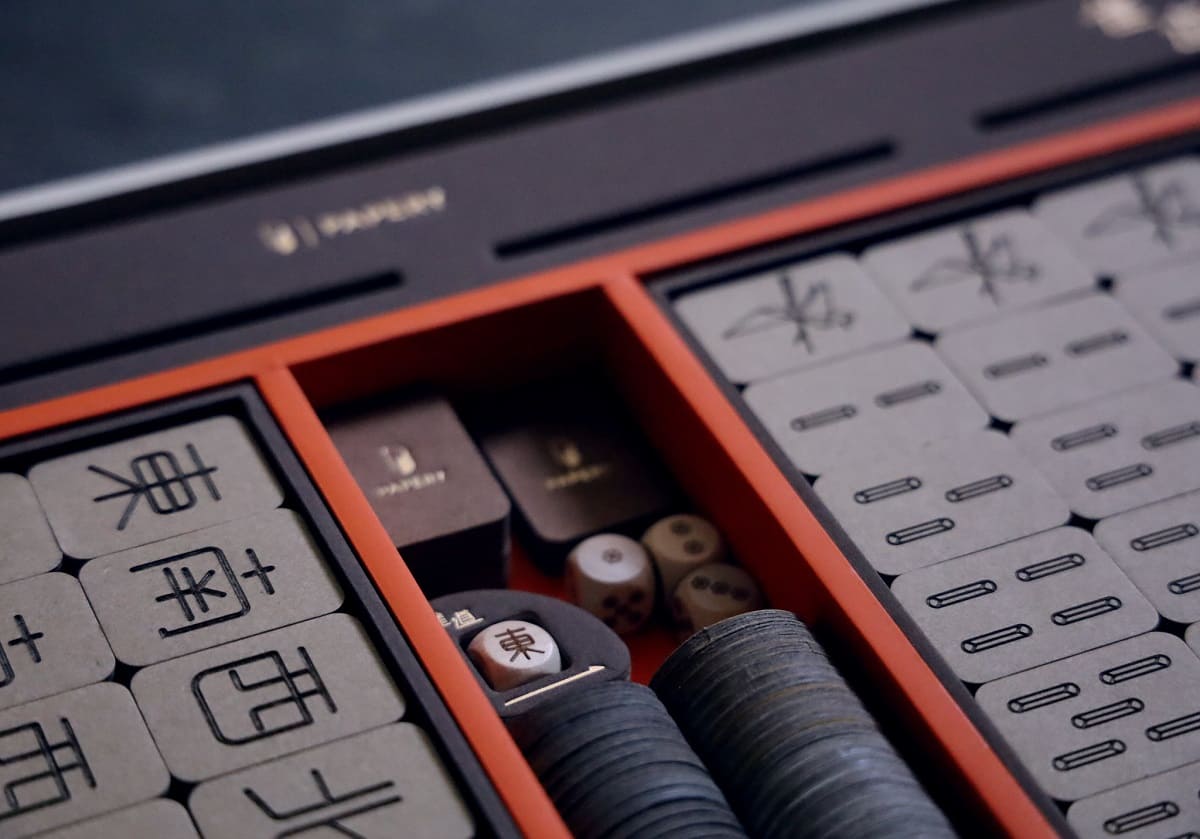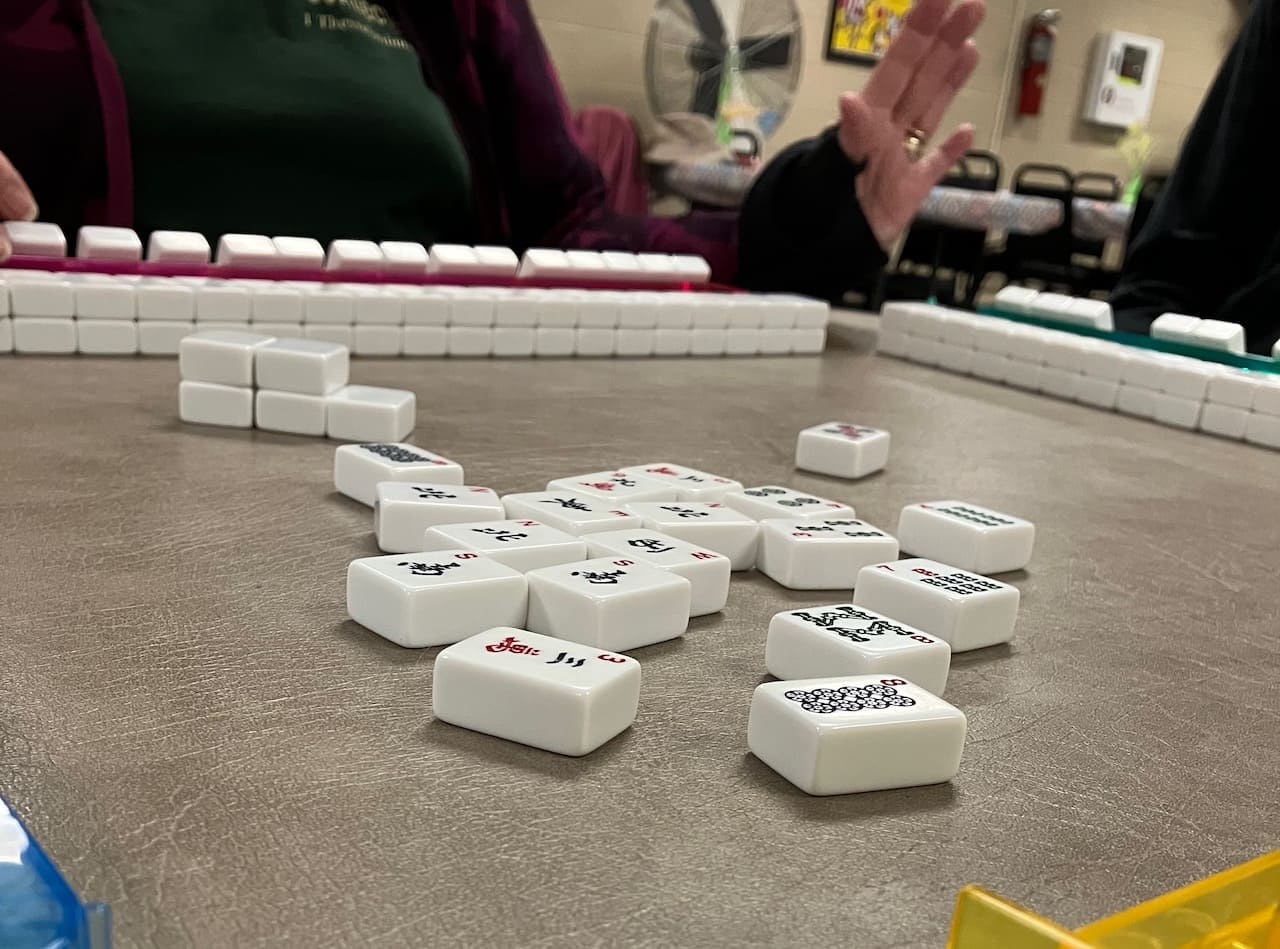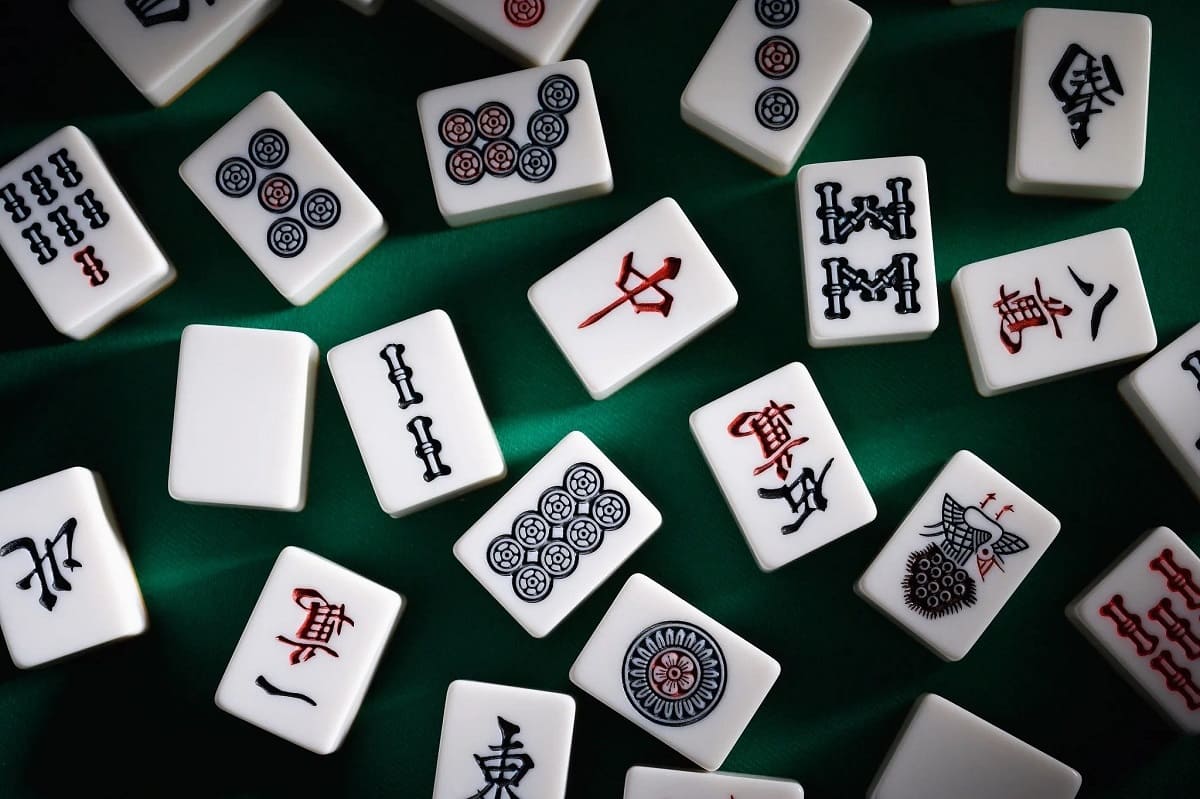Mahjong, a timeless and elegant game, has captured the hearts of people worldwide. It originated in China but found a special place in Japanese culture. This guide, designed for both beginners and enthusiasts, will equip you with the knowledge and skills to enjoy this game to its fullest.
The History and Significance of Japanese Mahjong
Japanese Mahjong is more than just a game; it’s a cultural treasure. Understanding its history and significance is the first step in embracing the East through this captivating pastime.
Japanese Mahjong has deep roots in Chinese Mahjong, but it has evolved to become a unique and culturally significant game in Japan. Introduced to Japan in the early 20th century, it quickly gained popularity and became an integral part of Japanese social life. Mahjong parlors, known as “jansou,” can be found all over the country, and the game is often played in social gatherings, family reunions, and even on television.
The significance of Japanese Mahjong extends beyond mere entertainment. It’s a way for people to connect, strengthen social bonds, and challenge their strategic thinking. Playing Mahjong is a celebration of Japanese culture, and understanding its roots is essential to truly embrace the game.
Getting Started: Mahjong Basics
Before you can dive into the world of Japanese Mahjong, it’s crucial to familiarize yourself with the basics. Let’s explore the fundamental elements of the game:
The Mahjong Tiles
Mahjong is played with a set of 136 to 144 tiles, depending on the variant. These tiles are divided into several categories, including suits, honor tiles, and flowers. Each category has its own significance and use in the game.
- Suits: The suits consist of Bamboo, Characters, and Circles. Each suit has tiles numbered from 1 to 9. There are four identical copies of each tile.
- Honor Tiles: These tiles represent various symbols and are divided into Winds (East, South, West, and North) and Dragons (Red, Green, and White). Honor tiles are vital in creating winning combinations.
- Flowers: These tiles have a unique role in the game and can be advantageous if used strategically.
The Goal of the Game
The primary objective of Japanese Mahjong is to create a winning hand. This typically involves forming sets and pairs of tiles based on specific rules and combinations. The player who completes a winning hand first is declared the winner of the round.
Mahjong Variants
Japanese Mahjong offers various game variants, each with its own set of rules and strategies. Here are some of the most popular ones:
Riichi Mahjong: This is the most widely played variant in Japan. It’s known for its strict rules and emphasis on strategy and psychology. “Riichi” refers to the declaration a player makes when they’re one tile away from completing their hand.
Tenpai: In this variant, players aim for a Tenpai hand, meaning they are just one tile away from winning. This adds an extra layer of excitement to the game.
Sanma: Sanma Mahjong, also known as Three-player Mahjong, is a thrilling variant where three players compete against each other, making it an ideal choice for smaller gatherings.
Tonpuusen: In this variant, players continue playing multiple rounds until someone accumulates enough points to win.
Wagarinaguri: A unique variant where players can declare a draw if no one wins by the end of a round, leading to a redistribution of points.
Rules and Terminology
To play Japanese Mahjong proficiently, you’ll need to familiarize yourself with the rules and terminology associated with the game. Here’s a quick overview of some key terms:
- Yaku: These are specific combinations of tiles that form a winning hand. Learning different Yaku is essential for success in Mahjong.
- Dora: The Dora indicator is a significant tile that can increase the value of your hand when it’s in your hand or in your winning combination.
- Ron: This term is used when a player wins with another player’s discard. It’s one of the common ways to declare victory.
- Tsumo: When a player draws the tile they need to complete their hand, they declare “Tsumo” and win the round.
- Furiten: A state where a player cannot declare “Ron” because they previously had the opportunity to win with a specific tile.
- Red Fives: In some variants, specific fives are considered Red Fives and have special rules attached to them.
Setting Up Your Mahjong Game
Before you begin your journey into the world of Japanese Mahjong, you’ll need to prepare your game. Let’s break down the setup:
Gathering the Essentials
To start, ensure you have a complete set of Mahjong tiles, a scoring system, and a comfortable place to play. You can purchase Mahjong sets online or in specialized stores. If you’re playing digitally, there are various Mahjong apps and platforms available.
Determining Seating and Wind Directions
In Mahjong, the seating arrangement and wind directions are essential. Players are typically assigned the positions of East, South, West, and North. These positions rotate after each round. East is the starting position and holds a special significance in the game.
Shuffling and Dealing Tiles
Shuffling the tiles thoroughly is a crucial step. After shuffling, the dealer will create the wall of tiles in the center of the table, known as the “wall.” The dealer then breaks the wall, and each player takes turns drawing tiles to form their initial hands.
Understanding Scoring and Points
Scoring is a vital aspect of Japanese Mahjong. Familiarize yourself with the point system and how to calculate scores based on the value of your winning hand.
Strategies and Tips for Success
Now that you have a grasp of the basics, let’s explore some strategies and tips to help you succeed in Japanese Mahjong:
1. Observation and Awareness
Pay close attention to the tiles discarded by your opponents. This can give you valuable insights into their hands and help you make strategic decisions.
2. Risk Management
Balancing risk and reward is key in Mahjong. Be cautious when discarding tiles that might help your opponents. At the same time, don’t be too conservative or you may miss opportunities to win.
3. Declare Riichi Strategically
The Riichi declaration is a powerful tool. Use it wisely, as it can both intimidate your opponents and increase your chances of winning.
4. Efficient Tile Management
Efficiently manage your tiles and discard those that are least likely to contribute to your winning hand. This helps reduce the chances of falling into a Furiten state.
5. Keep Learning
Mahjong is a game of continuous learning. Study different Yaku and practice your skills regularly to improve.
6. Adapt to Your Opponents
Each game of Mahjong is unique, and your strategy should adapt to the players you are facing. Understanding their tendencies and adapting can be a game-changer.
Frequently Asked Questions
Q: What is the best way to learn Japanese Mahjong for a beginner? A: For beginners, the best way to learn Japanese Mahjong is to start with the basic rules and gradually practice. Many online resources, books, and Mahjong apps offer tutorials and practice games to help you get started.
Q: Are there any age restrictions for playing Japanese Mahjong? A: There are no specific age restrictions for playing Japanese Mahjong. It’s a game enjoyed by people of all ages. However, it’s important to play responsibly, especially if you’re playing with real money involved.
Q: Can I play Japanese Mahjong online with others? A: Yes, there are many online platforms and apps that allow you to play Japanese Mahjong with players from around the world. These platforms offer both casual and competitive gameplay.
Q: How long does a typical game of Japanese Mahjong last? A: The duration of a game can vary widely, but on average, a single round can take anywhere from 15 minutes to an hour, depending on the skill level of the players and the variant being played.




